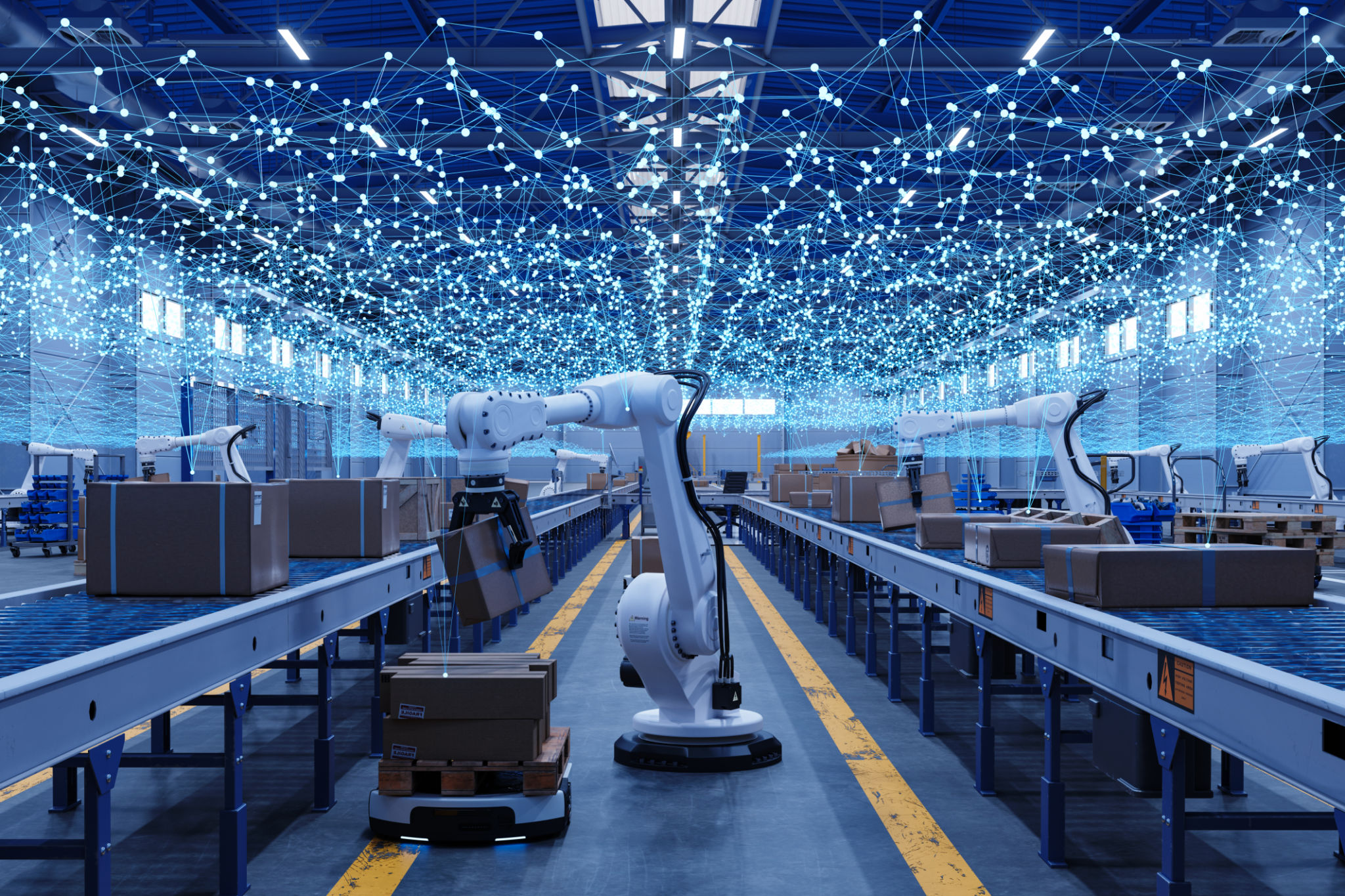Innovative Trends in US Engineering: What You Need to Know
Embracing Sustainability in Engineering
In recent years, sustainability has become a cornerstone of engineering innovation in the US. Engineers are increasingly prioritizing eco-friendly designs and materials, resulting in projects that not only reduce environmental impact but also offer cost savings over time. This shift is driven by both regulatory requirements and consumer demand for greener solutions.

One prominent trend is the integration of renewable energy sources into engineering projects. Solar panels, wind turbines, and energy-efficient systems are now common features in new constructions, significantly lowering carbon footprints and utility costs.
The Rise of Smart Technology
Another exciting trend is the incorporation of smart technology into engineering projects. The Internet of Things (IoT) and artificial intelligence (AI) are revolutionizing how structures are designed and managed. From smart buildings that adapt to occupants’ needs to infrastructure that communicates maintenance requirements, these technologies enhance efficiency and safety.
Engineers are leveraging big data and machine learning to optimize building performance and predict potential issues before they arise. This proactive approach not only extends the lifespan of structures but also reduces maintenance costs.

Advanced Materials and 3D Printing
The development of advanced materials is another transformative trend in US engineering. Innovations such as carbon fiber composites and self-healing materials are pushing the boundaries of what is possible, offering increased strength, durability, and flexibility.
3D printing technology is also playing a crucial role in engineering advancements. It enables rapid prototyping and the production of complex components with minimal waste. This capability is particularly beneficial in fields like aerospace and biomedical engineering, where precision is paramount.

Focus on Resilient Infrastructure
With climate change leading to more frequent and severe weather events, there is a growing emphasis on resilient infrastructure. Engineers are designing structures that can withstand extreme conditions, ensuring the safety and functionality of critical systems during disasters.
Innovative approaches include the use of adaptable flood barriers, earthquake-resistant materials, and smart grids that can reroute power during outages. These advancements are crucial for safeguarding communities and maintaining essential services.
Collaborative and Interdisciplinary Approaches
Modern engineering projects often require collaboration across various disciplines. Engineers are working closely with architects, urban planners, and environmental scientists to create holistic solutions that address complex challenges.

This interdisciplinary approach fosters innovation and leads to more comprehensive and sustainable outcomes. By combining expertise from different fields, engineering projects can better meet the needs of society and the environment.
- Focus on sustainability and eco-friendly designs
- Integration of smart technology and IoT
- Advancements in materials and 3D printing
- Emphasis on resilient infrastructure
- Collaboration across disciplines
These trends are shaping the future of engineering in the US, driving progress and paving the way for a more sustainable and technologically advanced society. As these innovations continue to evolve, they will undoubtedly lead to even greater achievements in the field.
